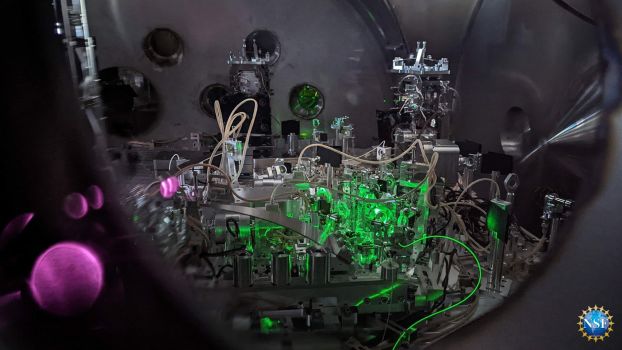
Credit: Georgia Mansell/LIGO Hanford Observatory
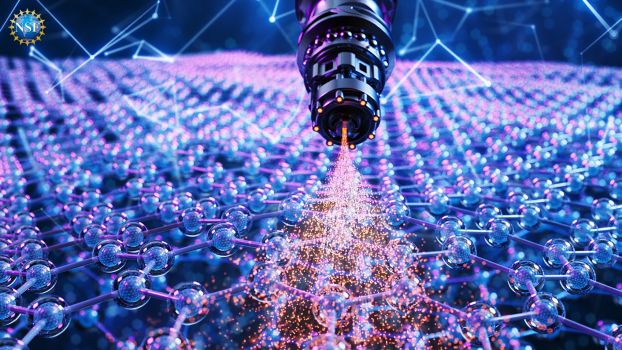
Credit: Ella Maru Studio
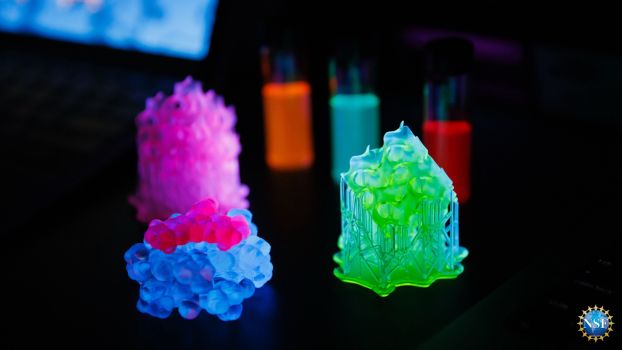
Credit: James Brosher, Indiana University

Credit: Moritz Hocher

Credit: University of Rochester photo / J. Adam Fenster

Credit: Courtesy of the MIT researchers
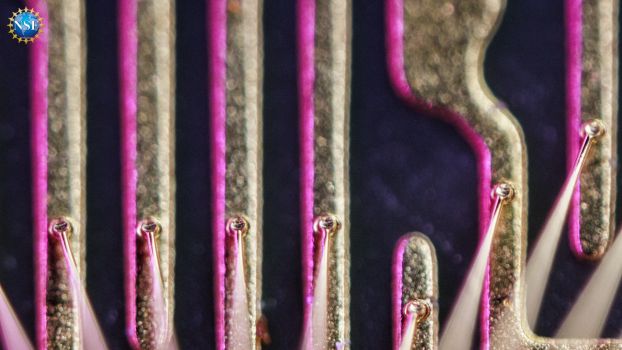
Credit: Ryan Hoover, Electrical & Computer Engineering, University of Washington
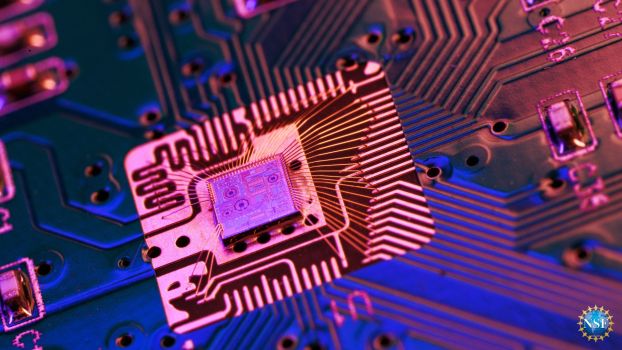
Credit: Ryan Hoover, Electrical & Computer Engineering, University of Washington
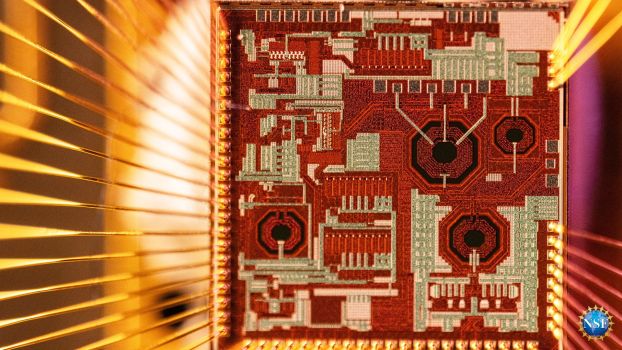
Credit: Ryan Hoover, Electrical & Computer Engineering, University of Washington
NSF's supercomputers
Credit: TACC
Credit: Chris Coleman, School of Computing, University of Utah
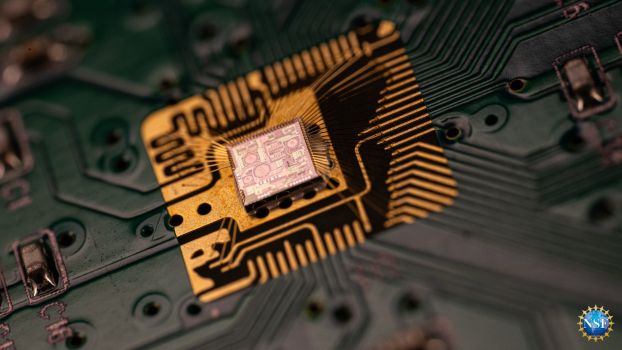
Credit: Ryan Hoover, Electrical & Computer Engineering, University of Washington
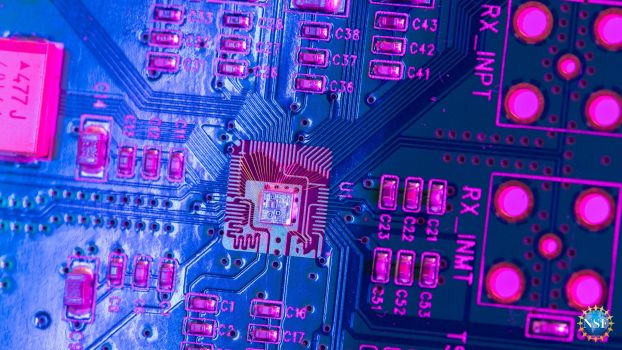
Credit: Ryan Hoover, Electrical & Computer Engineering, University of Washington
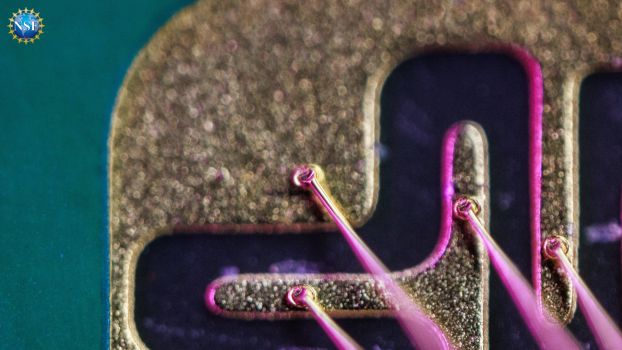
Credit: Ryan Hoover, Electrical & Computer Engineering, University of Washington
Credit: Sampson Wilcox, MIT Research Lab
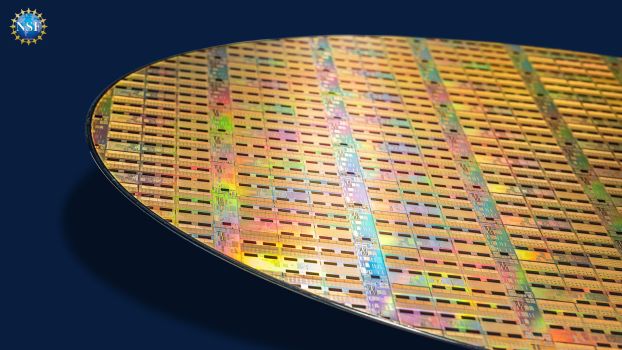
Credit: Ayar Labs
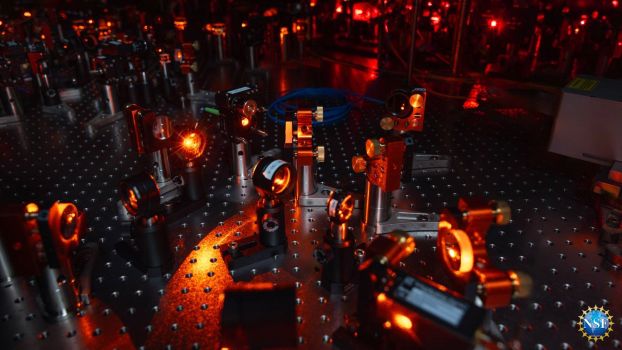
Credit: Richard Soden, Department of Physics, Princeton University
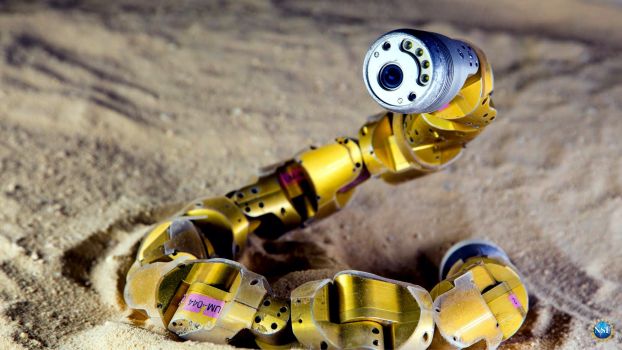
Credit: College of Engineering, Carnegie Mellon University
Credit: P. Roushan\Martinis lab\UC Santa Barbara
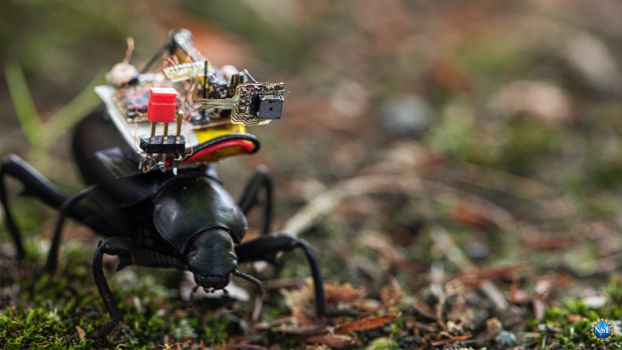
Credit: Mark Stone/University of Washington
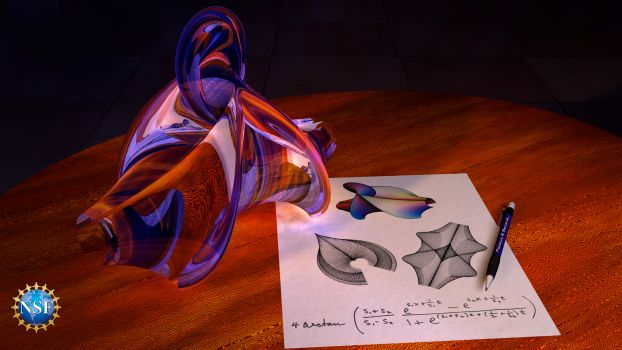
Credit: ©Luc Benard, University of California, Irvine

